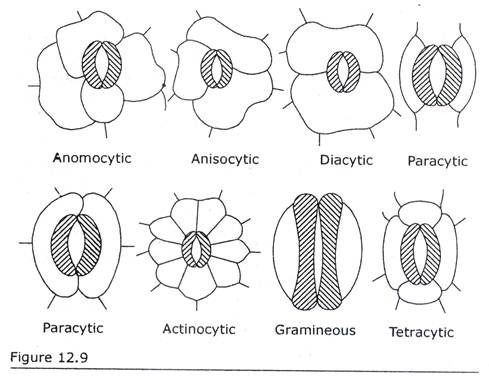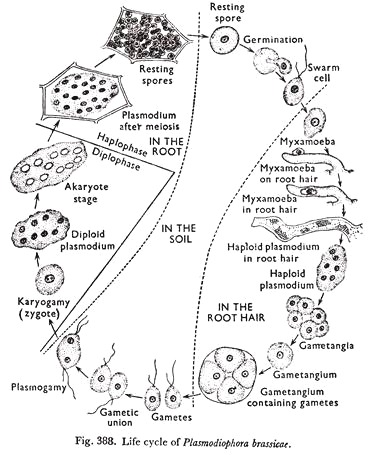ADVERTISEMENTS:
The following article will guide you about how to measure energy expenditure.
Total energy expenditure per unit time is called the metabolic rate. It can be measured directly or indirectly as in the case of calorific value of foods. In the direct method for the measurement of energy expenditure for individuals, the Atwater calorimeter is used which consists of a chamber in which a person could live and work for several days allowing at the same time the measurement of his total output of heat.
The energy expenditure thus measured can be related to net energy intake which is the energy in food, minus the energy lost in urine and faeces. Atwater’s experiments, measuring energy intake and energy output, lasted a number of days and he was able to demonstrate consistently a fair amount of agreement between the input and the output.
ADVERTISEMENTS:
Although nobody uses the human calorimeter these days on account of the difficulties of technique, Atwater’s experiment was the first of its kind which demonstrated that the human body behaved like any engine running on combustion of fuels, thus taking the wind out of the sails of the theory of living matter possessing vital spirits.
The two indirect methods for measurement of energy expenditure in individuals commonly used are:
1. The Benedict-Roth Spirometer Method:
This is a closed-circuit breathing apparatus which is filled with oxygen and has a capacity of about 6 litres. Oxygen is contained in a metal drum which floats on a water seal. The person whose O2 consumption is to be measured breathes in oxygen through an inspiratory valve and breathes out into the drum through an expiratory valve and a soda-lime canister, so that the CO2 produced is absorbed.
As the O2 is used up, the drum sinks and its movement is recorded on a moving paper mounted on a kymograph; from this, the rate of oxygen consumption can be read. The apparatus is accurate and simple to use. It has the disadvantage that it can be used only when the person is at rest or doing very light exercise.
2. Douglas Bag Method:
This is a canvas or plastic bag with a variable capacity, usually 100, 200 or 300 litres. The subject breathes through a mouth piece which contains inspiratory and expiratory valves. Room air is breathed in, but breathing out is into the Douglas bag so that all the expired air is collected in it.
The bag is then emptied through a gas meter and a sample of the expired air is taken for analysis of O2 and CO2 content from which the rates of oxygen utilization and CO2 production can be calculated. This method has the advantage that both O2 consumption and CO2 production can be measured at varying grades of activity or muscular exercise.
Respiratory Quotient:
The respiratory quotient (RQ) measures the ratio of the volume of carbon dioxide (Vc) produced by an individual to the volume of oxygen consumed (Vo).
This is represented by the following equation:
RQ = Vc/Vo
This quotient is useful because the volumes of CO2 and O2 produced depend on which fuel source is being metabolized. Measuring RQ is a convenient way to gain information about the source of energy which a person is using.
We can then compare the metabolism of a person under different environmental conditions by simply comparing RQ for various foods:
ADVERTISEMENTS:
ADVERTISEMENTS:
Carbohydrate = 1.00
Fat = 0.70
Protein = 0.81
ADVERTISEMENTS:
Mixed diet = 0.85
Factors that increase RQ:
1. Hyperventilation
2. Metabolic acidosis leading to increase in carbon dioxide
ADVERTISEMENTS:
3. Overfeeding leading to lipogenesis
4. Exercise
Factors that decrease RQ:
1. Hypoventilation
ADVERTISEMENTS:
2. Mild starvation with ketosis
3. Diabetes with ketoacidosis or high rates of urinary glucose loss
4. Gluconeogenesis
5. Hypothermia via continued gluconeogenesis.



